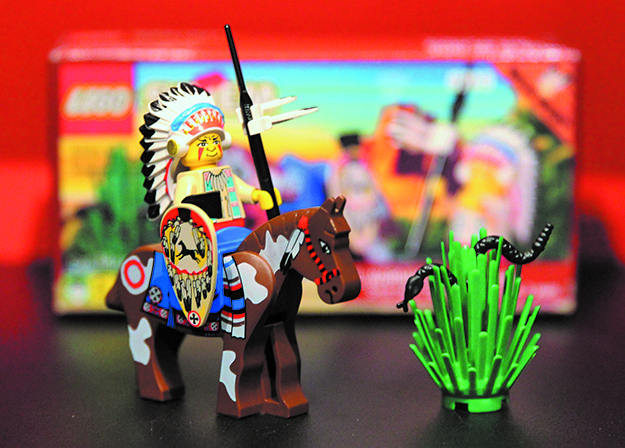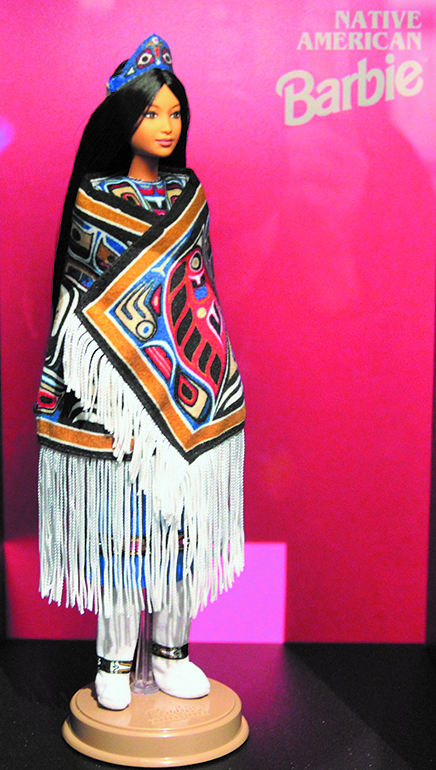
By Micheal Rios, Tulalip News
It’s so strange that nearly all that can be named or sold has at some point been named or sold with an Indian word or image. If this seems normal, that’s because it has become normal. It started before the United States was colonized and continues today.
American Indian images are everywhere. From consumer products to Hollywood big screens to local high school, collegiate, and professional athletics mascots. American Indian names are everywhere too, from state (e.g. Alaska, Dakotas, Oklahoma), city (e.g. Seattle, Tacoma, Snohomish) and street names to the Tomahawk missile. And familiar historical events such as Pocahontas’s life, the Trail of Tears, and the Battle of Little Bighorn remain popular reference points in everyday conversation.
Americans, a major exhibition at the Smithsonian’s National Museum of the American Indian, highlights the ways in which American Indians have been part of the nation’s identity since time immemorial. It delves into the power of story, surrounds visitors with images, and invites them to begin a conversation about why this phenomenon exists.
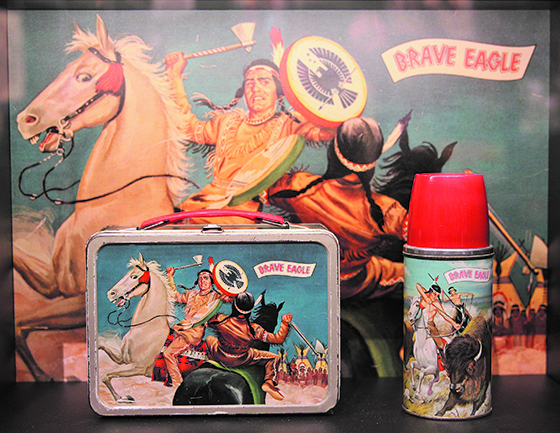
The images accompanying this article are worth a closer look. What if they are not trivial? What if they are instead symbols of great power? What if the stories they tell reveal a buried history and a country forever fascinated, conflicted, and shaped by its relationship with American Indians? Pervasive, powerful, at times demeaning, the images, names, and stories reveal how we have been embedded in unexpected ways in the history, pop culture, and identity of the United States.
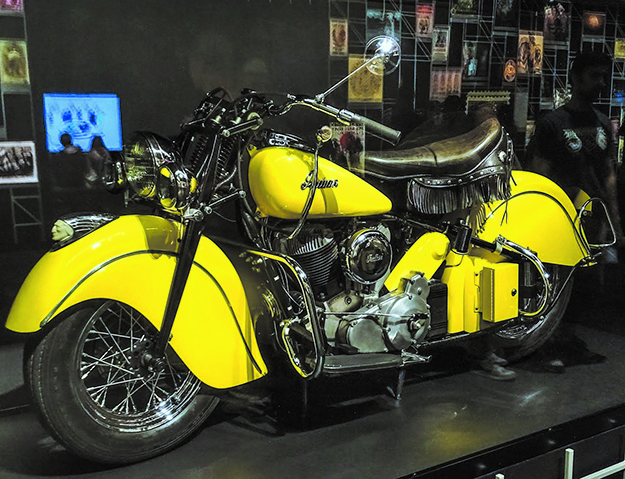
This model’s fender ornament is an Indian figure with headdress, and the word Indian is written in stylish script on the tank. The company’s first advertising executive said, “No more popular or wealth-producing name could have been chosen.”
Though the Indian Motorcycle Company has changed hands many times, its name and distinctive logo have endured.
As American Indians, we are estimated to comprise just 1% of the entire U.S. population. Yet everywhere you go in the United States, you can see images of us. Why?
How is that Indians can be so present and so absent in American life? One reason is that the land of the free and home of the brave is still trying to come to grips with centuries of wildly mixed feelings about us. Are we the merciless Indian savages described in the Declaration of Independence or are we the noble Indians who strive to be stewards of the Earth? Domestic dependents granted special privileges by the U.S. government or sovereign nations free to govern ourselves? The answer to both questions is somewhere between nether and both.
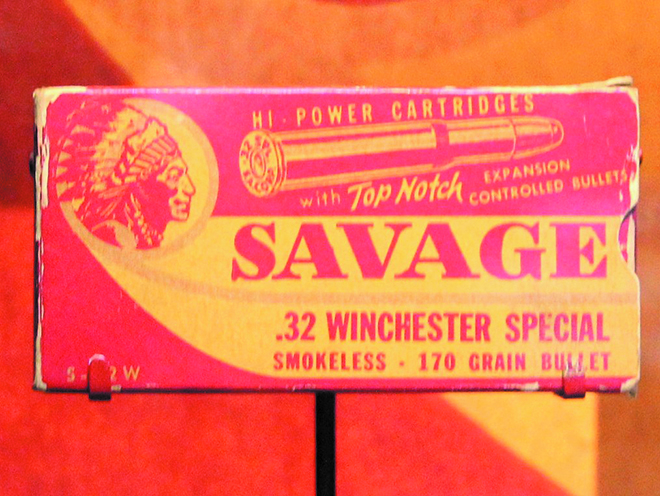
We have been seen as both authentic and threatening, almost mythological yet deeply appealing. In present day America, citizens of all cultural backgrounds can surround themselves with dream catchers, have Pendleton accessories, and describe a football game as a trail of tears because they know that Indians are in the country’s DNA. They know we have shaped this nation from the beginning and have convinced themselves that the best way to honor us is by filling the void left by cultural genocide with cultural appropriation.
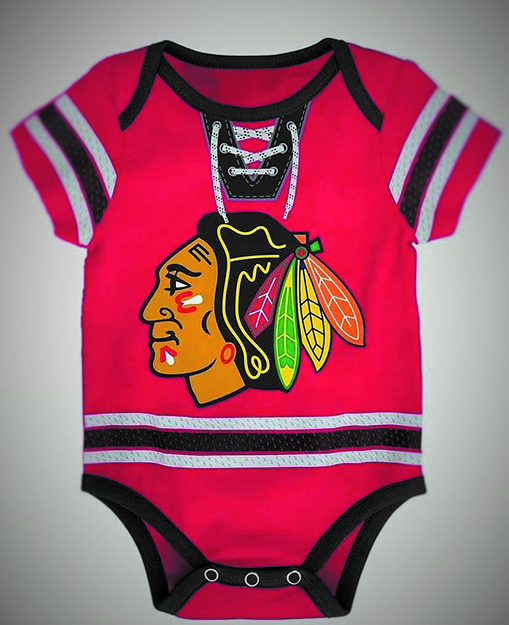
Similarly, you don’t choose the name. Team owners do. In 1926, Frederic McLaughlin decided to name his new hockey team after Chief Blackhawk, who sided with the British in the War of 1812. Why name a team after a leader who fought against the Americans? One reason is the American tradition of linking military might and fighting skill to American Indians.
The objects, images, and stories shown here are not just what they seem to be at the surface level. They are insistent reminders of larger truths and an empathic refusal to forget our shared history.
